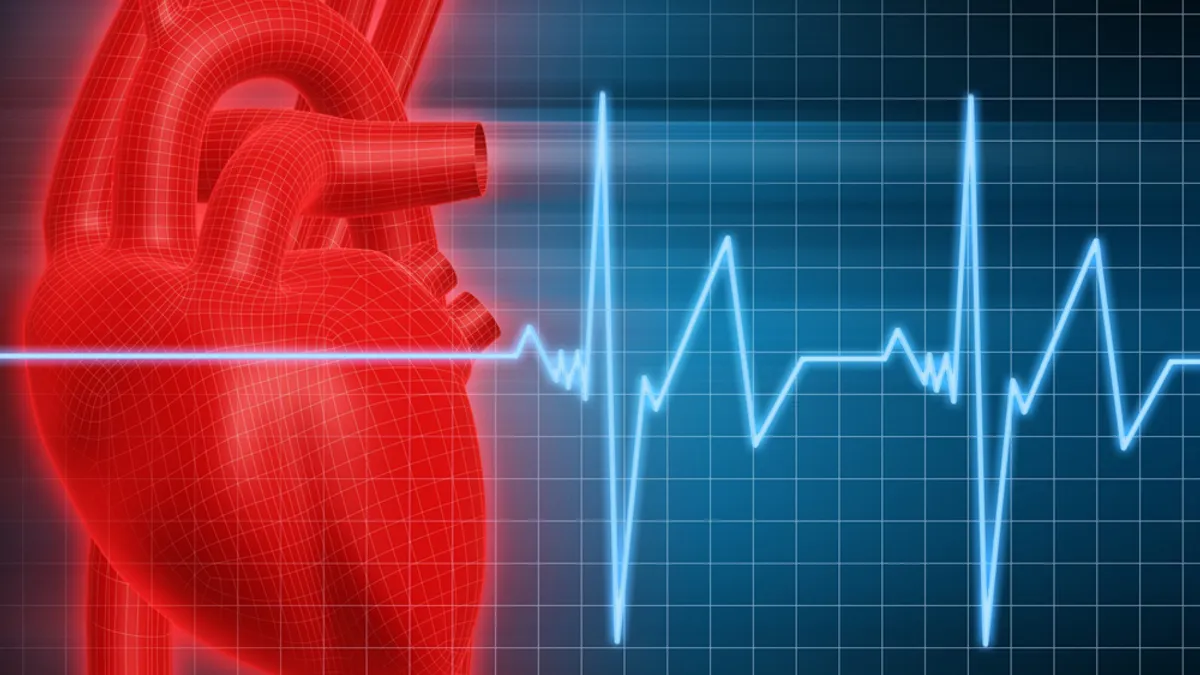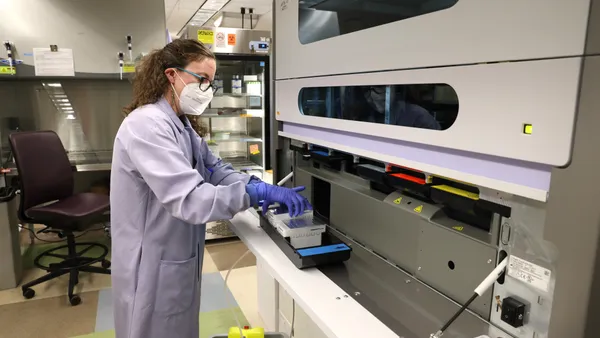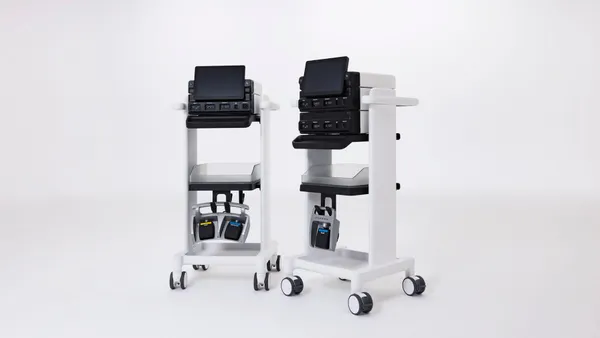Dive Brief:
-
FDA has designated a recall of Boston Scientific's Emblem subcutaneous electrode as a Class I event in light of the 26 serious injuries and one death associated with the device.
-
Boston Scientific began recalling the subcutaneous implantable cardioverter defibrillator (S-ICD) system electrode in December after identifying the potential for the device to fracture, preventing the technology from slowing very fast heartbeats associated with cardiac arrest.
-
To mitigate the risk, Boston Scientific asked physicians to enroll users in remote monitoring, and ask patients to do weekly checks. Physicians should also perform a system follow-up every three months.
Dive Insight:
Around 90,000 patients have received Boston Scientific's S-ICD over the past decade. There is now a body of evidence supporting the use of the device in sudden cardiac death prevention. The overall survival probability at 33 months associated with the device covered by the recall is 99.4%.
However, having distributed around 47,000 of the recalled products since 2017, Boston Scientific has learnt of some rare issues with the technology. Specifically, Boston Scientific has received 27 reports of "electrode body fractures at a location just distal to the proximal sense ring."
It is rare for the device to fracture — Boston Scientific puts the cumulative occurrence rate of the fault at 41 months at 0.2% — but there are severe consequences when the problem does arise. One of the patients with a fractured device died. The other 26 patients suffered serious injuries. The potential for life-threatening harm at 10 years is 0.004%.
Given the benefits of S-ICD for some people, Boston Scientific said the system "continues to be available to support those patients who will benefit from this therapy." However, Boston Scientific wants physicians to act to reduce the likelihood that fractures will harm patients.
Remote monitoring is central to the plan. "Enroll and monitor patients through LATITUDE remote monitoring to facilitate detection of high electrode impedance alert or non-physiologic, mechanical artifacts on stored S-ECGs during the interval between in-office device checks. Instruct patients to comply with weekly remote interrogations," Boston Scientific wrote.
The focus on detecting the alerts and artifacts is underpinned by analyses of earlier fractures. In the case of the U.S. patient who died, Boston Scientific said "a high impedance alert was reported 12 months after implant" and a review of S-ECGs "identified non-physiologic artifacts during an atrial fibrillation episode three months prior to the high impedance alert." The replacement of the electrode was recommended but never performed.













